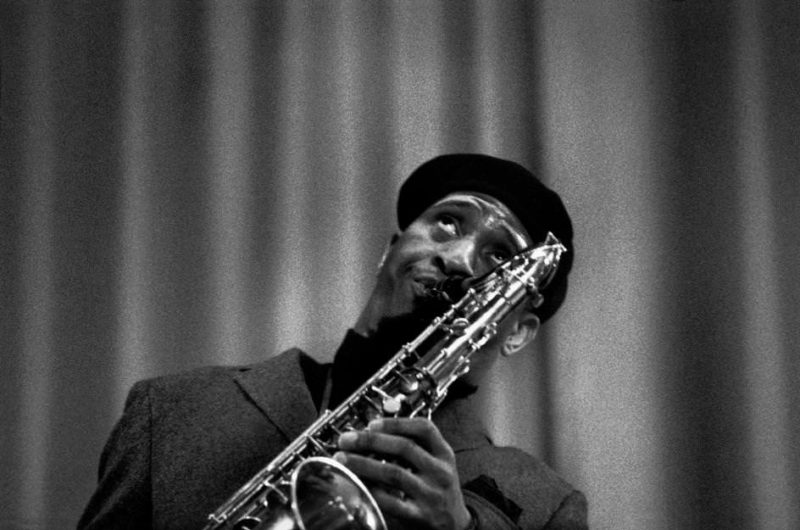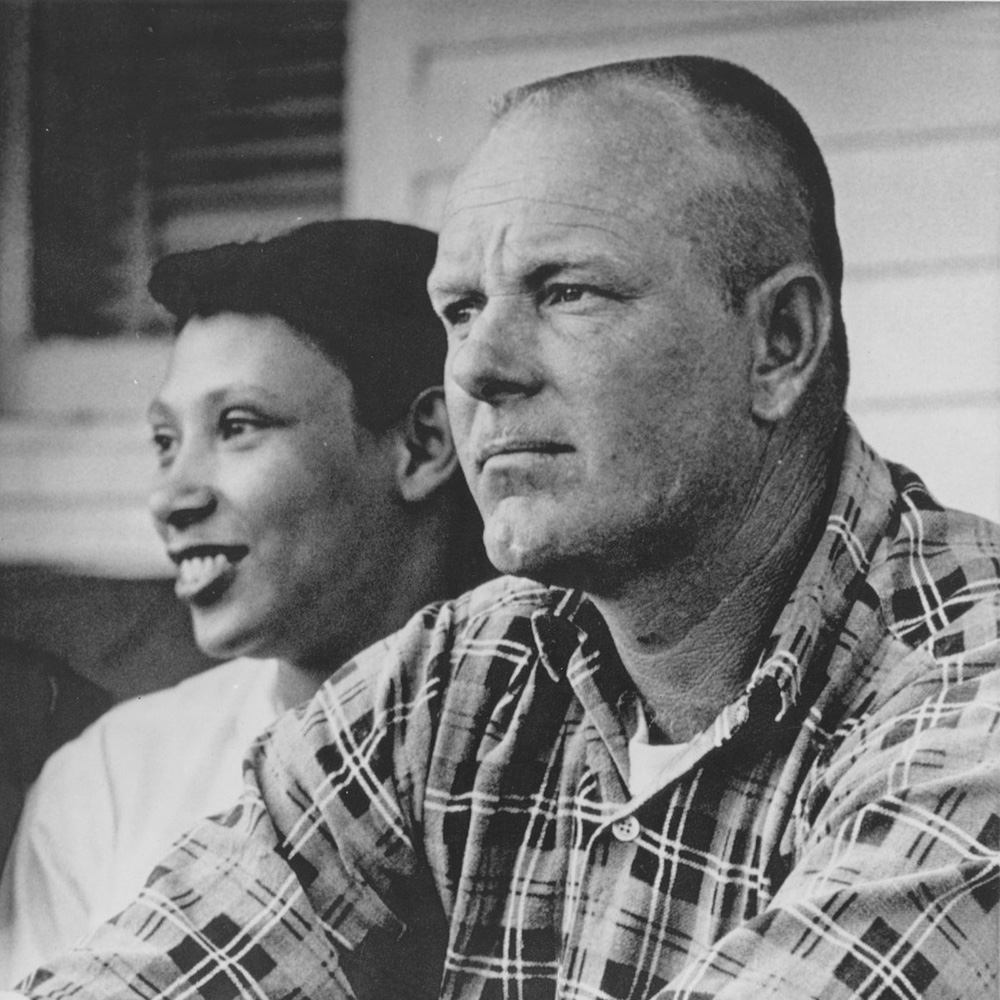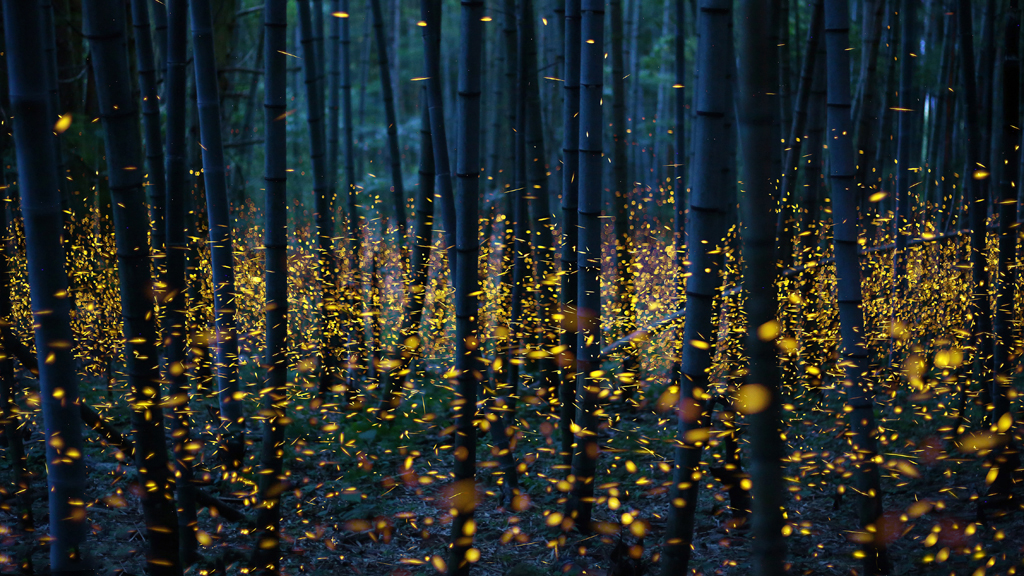It was a sound I had to have. I remember hearing it for the first time in songs like Spyro Gyra’s Morning Dance and Catching the Sun. By this time, I was already a fairly accomplished trumpet player and enjoying the instantaneous popularity only afforded to those kids who carted over-sized instrument cases on the school bus every day. Pretty lame I know, but for me, the GUBA (growing up born again) child in a household that held rock music in the same contempt as the rest of society looked at say, sociopathic killings for example, playing in the grade school jazz ensemble was the equivalent of putting on Stairway to Heaven and cranking up the volume. Music became my escape. As a kid I practiced my instruments every night in the basement to avoid the ever-growing family tumult occurring on the floor above.
Around the time I was in seventh grade the pop radio stations that I could occasionally, secretively listen to started to play a few contemporary jazz songs alongside the stream of Bee Gees and Doobie Brothers music. I had also come into contact with a few of these songs through jazz ensemble. The ones I really remember most were Shaker Song, Morning Dance and Catching the Sun all by Spyro Gyra. These were radio hits in successive years 1976-1979. My equally cool friend from up the hill, Chad Miller – whose name has been changed to protect a truly innocent soul, who was frequently chastised in science class by the uber-chic and cool pom-pom girl, Dina Kailer for not washing his hair often enough, played (more like honked and squeaked) alto sax in the jazz ensemble. He lent me a couple of records; Tom Scott’s “Blow It Out” and “Spyro Gyra”. That was it. That was the sound. Trouble was, this sound came out of a saxophone not a trumpet. I had the sound in my head and tried to emulate it with the trumpet, but I couldn’t really get there.
I continued to play trumpet through High School. Thanks to the newfound independence of college in Minnesota, far from the watchful eye of my mother, I was finally able to borrow a saxophone and give it a try. One thing I immediately noticed was the physical differences in the instruments gave the sax a much more personal sound. The reason for this is that the sax uses your body cavities as part of the musical “tube” whereas brass instruments like the trumpet simply receive a column of air and a vibration from your lips. Trumpet players, to be certain, have different qualities of tone, accomplished largely through technique. Saxophone tonality, however, is extremely personal. Two players using the same horn, mouthpiece and reed will sound completely different from each other. It’s almost as if the saxophone has a singing voice.
The sound that I was obsessed with at first was Jay Beckenstein’s (the sax player in Spyro Gyra). It was clear and pretty, and his improvisational style was extraordinarily melodic. I set about learning those Spyro songs. Before I knew the full scale on sax I knew the song Catching the Sun. I learned every note of Jay’s improvisations, would mimic them over and over. In my junior year of college my roommate introduced me to another player, a player I had unknowingly heard in James Taylor, Carly Simon and other artists’ songs. He brought home an LP called “Hideaway” by David Sanborn. At first, I found Sanborn’s sound to be abrasive and I didn’t like it much. I stuck to learning more and more Spyro Gyra songs emulating Jay’s playing the best I could. I learned a lot by doing that. My dad had taught me early on “if you want to do something well, find the person who’s doing it best and study him.” He would say that to me in the context of sports. I remember him particularly saying that about running hurdles.
After about six months on saxophone I started playing out at gigs in Minneapolis. Early on I was playing both trumpet and sax but pretty quickly I migrated to only sax for this purpose. I picked up an every Sunday night gig with a band called “The Blue Knights” whose claim to fame was having a harmonica player that once played with The Doors. I suspect he played with the Doors on maybe one tour or something, or perhaps just played The Doors on his car radio during the same era, hard to say. The thing I remember most about him is that he sat down in a chair for the whole gig and appeared to be thoroughly stoned despite the claim that he had given up drugs “a decade ago at least.” This blues gig was like a crash course in playing. I learned so much from that gig. I started to appreciate the Sanborn sound as it was rooted in blues so sure enough, I started going after that sound. I found out what kind of mouthpiece Sanborn used and learned every song on four of his records the best I could.
In simple terms, your sound is simply that, what you sound like without any technique; it’s purely the emotional and physical side of the instrument in your hands whether that instrument is your voice as a singer or a saxophone as wind player. Technique is the other side, the rational, scientific thought-out side.
By the time I arrived in Madison in 1986 and got my first steady gig there people were frequently referencing me as the Sanborn sound-alike. The first time I met Jay Moran with whom I’d later spend 30 years in the same band, he came up to me on stage and said “I love your Young American’s sound” referencing Sanborn’s soloing on David Bowie’s hit song.
Last year at NAMM I got into a discussion with Glen Darcey, Product Manager for Akai, about sax playing. Glen had done the same thing as a kid, but he had chosen a monster as an idol, Michael Brecker, who I believe was the greatest tenor sax player to ever live. Not only did Brecker have insane amounts of technique he had a sound that was instantly identifiable. Glen started to tell me the story of how he became so discouraged trying to emulate Brecker that he stopped playing altogether for over a year.
Saxophone colossus Sonny Rollins put it this way, “you could have all the technique in the world but if I have the sound, I’ll beat you every time.” That was me. I’m not the most technically proficient sax player out there, not even close. Even in the small community of Madison I knew of several other players with better technique, better reading skills, etc. but I kept getting calls for gigs. I loved what Sonny had to say, unfortunately I didn’t yet understand what he was really saying. For that I had to have a run in with another Saxophone great, Richard Elliott. Richard had played with Tower of Power, The Saturday Night Live Band, Rickie Lee Jones and many, many others along with putting out solo records. Richard was known for his gut-bucket tenor sax sound. It’s a sound that is completely unique to him. When I ran into Richard on a Summerfest gig one year, I was amazed when I met him and he was shorter than me albeit barrel-chested. That huge sound was coming out of this guy? I’m not sure why I asked him this, but I asked him, “If you had one word of advice for an aspiring sax player what would it be?” Without hesitation he responded, “Sound like yourself.” I was at once flummoxed and inspired by this.
Around this time, I read an interview with David Sanborn and he said something in there that really surprised me. He said that he had started off trying to emulate a sax player that I had never heard of, Hank Crawford. Then he went on to say something interesting; “At some point I took that as far as I could and then realized that what was left over, the fact that I couldn’t sound like Hank, that part was me, and that’s how I found my voice.” A completely different kind of musician, Johnny Cash, put it this way “I found my sound ‘cause I couldn’t play or sing no better.” Exactly.
After a few months in Madison I got one of my first studio calls to lay down a solo on a record. I remember thinking that I’ll play this like a Spyro Gyra solo; I’ll construct a melodic solo and stick very close to that. I literally sat down and gave a lot of thought to the solo, wrote it out, said to myself, “This is the right thing to do here” and “Wouldn’t it be a cool demonstration of technique if I do this here…” After about three takes the producer speaks to me over the headphones; “What are you doing?” “I want you to play the way I heard you play live, are you holding back or something?” I didn’t really know what he meant to certain degree; I had put huge amounts of thought into this – and therein lied the problem. He had heard something that even I didn’t know I was doing. He had heard me sounding like myself. Like that first exposure to your voice on tape you may not like it, and you are uncomfortable with it and unpracticed in doing it. To you it’s so exposed and you’re so unconfident about that part; but lo and behold others not only like it, they actually identify you by it.
It took me forever to lay down a solo that this guy wanted to keep. And that was it, I went home wrapped up my David Sanborn mouthpiece and went in search of my own sound. It was right there, it was the part that was left over, the part that oddly enough didn’t accomplish my goal of sounding like the players I admired or of being a heady, thought-out intellectual player. The emotion of what I played is what, as Sonny Rollins said, spoke to people. Ultimately when you practice this business of sounding like yourself your technique becomes integral to your sound, they become one because even if you are running rudimentary scales, you sound like yourself while doing it. This is where improvisation really shines. There is not conscious, intellectual thought going into what’s happening, it’s just you sounding like you while utilizing the language you learned.
When Glen found his way back to his horn, he had lost so much of his technique that he had to turn from his usual heady Michael Brecker repertoire to playing simple ballads, and that’s when he found it. That was his voice. He’s still playing today in that voice.
Sonny, Sanborn, Richard Elliott, Johnny Cash weren’t saying anything new here. What they were saying in musical terms was this; “To thine own self be true.” Be honest. Sound like yourself. The trick is to allow ourselves the freedom to sound like ourselves; to embrace that “how we sound” is not of equal value to our technique, but of higher, truer value. If you’re brave enough to do it, they’ll love you for it because it will be unique, and uniqueness is something people can’t resist.
Be it resolved 2008; sound like yourself








